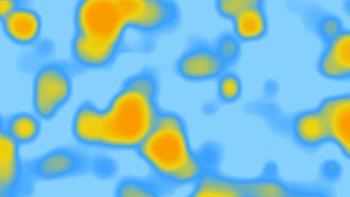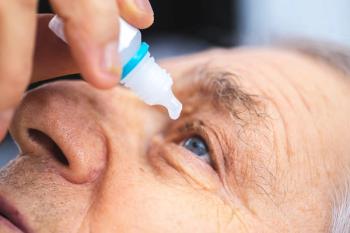
Sylentis misses end point in Phase 3 SYL1001_V trial for dry eye caused by Sjögren syndrome
Phase 3 of the randomized, double-masked, placebo-controlled study had a primary end point to evaluate the signs and symptoms of dry eye disease caused by Sjögren syndrome.
Results from the Phase 3 SYL10111_V (tivanisiran) indicate that the drug’s primary end point to evaluate the signs and symptoms of dry eye disease caused by Sjögren syndrome was not met. The trial, sponsored by PharmaMar subsidiary Sylentis,1 measured the change of baseline in corneal fluorescein staining, measured on a scale from 0 to 3, and dry eye symptoms, measured on a scale from 0 to 100, brought on by Sjögren symdrome. Symptoms were measured in an 85-day time frame.2
The trial was a randomized, double-masked, placebo-controlled study that included more than 40 hospitals in the US and 8 in Spain, totaling 203 participants, according to a news release. The study examined the efficacy and safety of the tivanisiran sodium eye drops versus vehicle after a 2-week run-in phase. Participants were dosed once daily for 3 months.2
Sylentis defines tivanisiran as a small interfering RNA (siRNA), which inhibits the synthesis of Transient Receptor Potential V1, also known as Transient Receptor Potential Vanilloid-1, or TRPV1.3
Inclusion criteria for the study included male or female participants at or over 18 years of age, those that used artificial tears, autologous serum, or specific dry eye medications during the last 6 months prior to selection, willing to not use that artificial tears or autologous serum during the study, and those diagnosed with Sjögren syndrome. Those who had any concomitant treatment or prior ocular procedures or surgeries, any alterations of the dose of systematic medications at the time of entry, use of contact lenses during the study, or significant eye diseases as determined by an investigator’s opinion were excluded from the study.2
First record submissions for the study were in March 2021.2
References:
Sylentis, a PharmaMar Group company, announces the results of the Phase 3 SYL1001)V trial with tivanisiran for the treatment of dry-eye disease associated with Sjögren’s Syndrome. PharmaMar. Published February 9, 2024. Accessed February 12, 2024. https://pharmamar.com/en/sylentis-grupo-pharmamar-anuncia-los-resultados-del-estudio-fase-iii-syl1001_v-con-tivanisiran-para-el-tratamiento-de-ojo-seco-asociado-al-sindrome-de-sjogren/
Tivanisiran for dry eye in subjects with Sjögren’s Syndrome. Sylentis, SA. NCT04819269. Updated February 17, 2023. Accessed February 12, 2024.
https://clinicaltrials.gov/study/NCT04819269?aggFilters=phase:3,status:rec&cond=Sj%C3%B6gren%27s%20Syndrome&spons=Sylentis,%20S.A.&rank=1 Our science: Sylentis pipline. Sylentis. Updated 2024. Accessed February 12, 2024. https://sylentis.com/products-tivanisiran/
Newsletter
Want more insights like this? Subscribe to Optometry Times and get clinical pearls and practice tips delivered straight to your inbox.









































